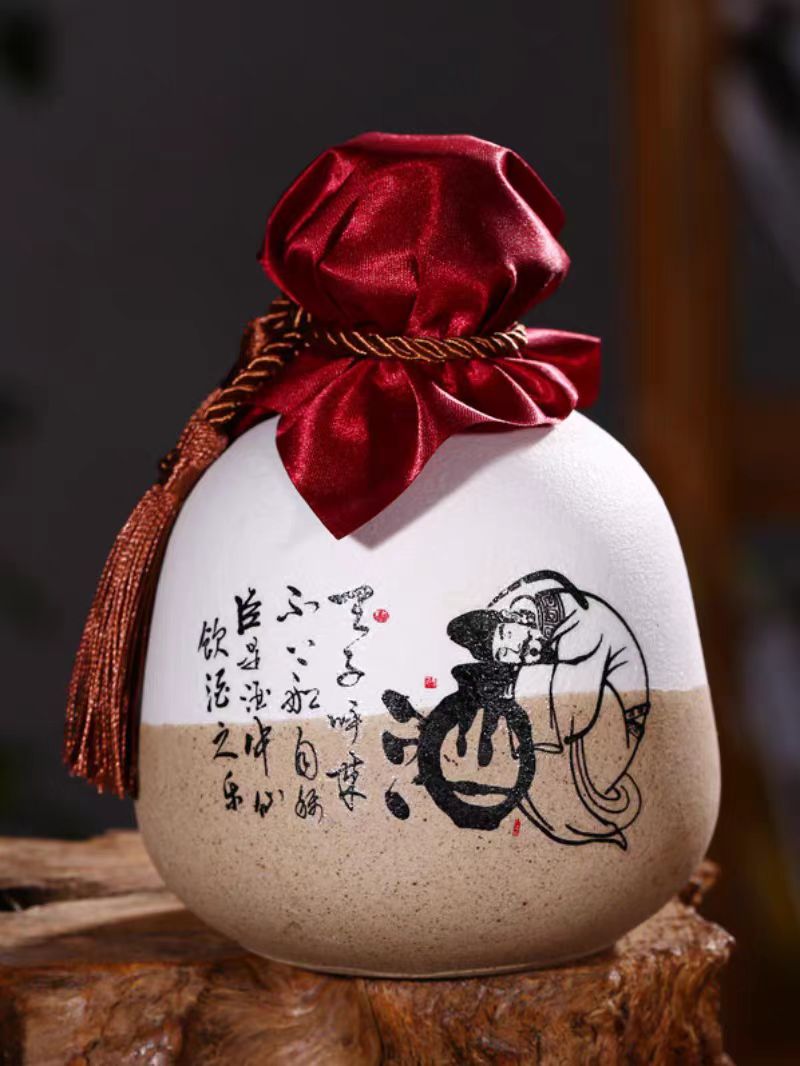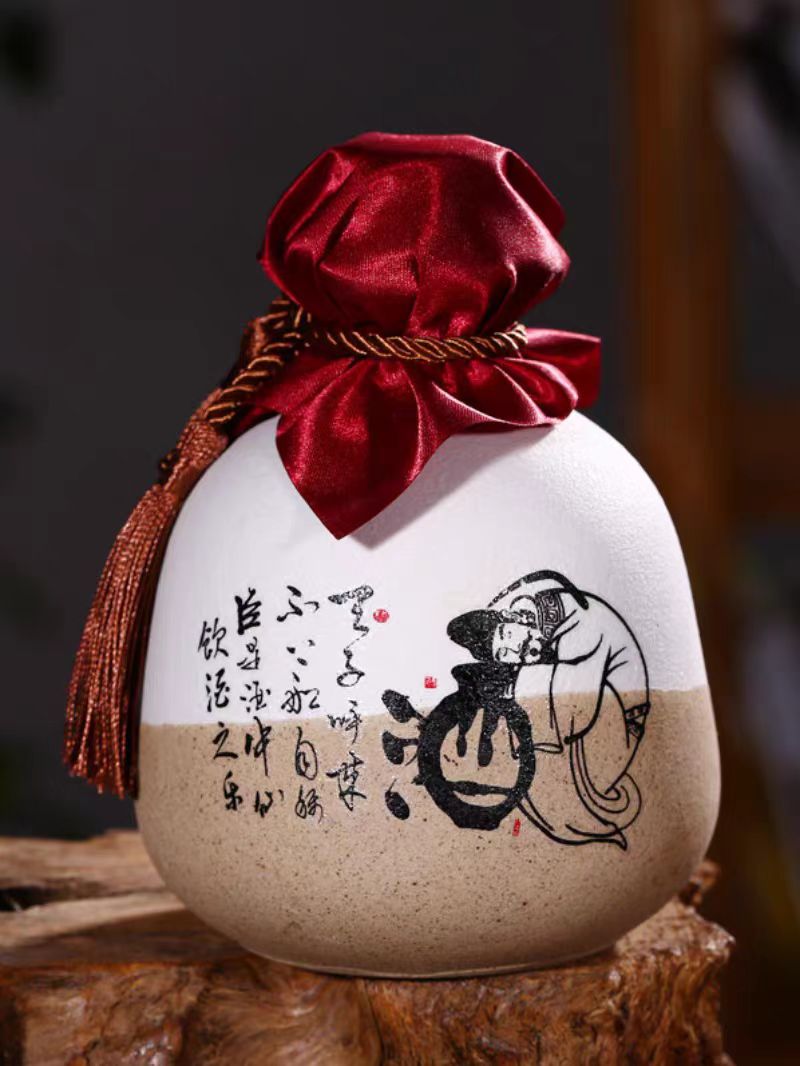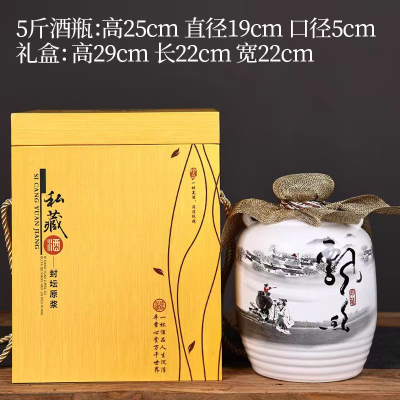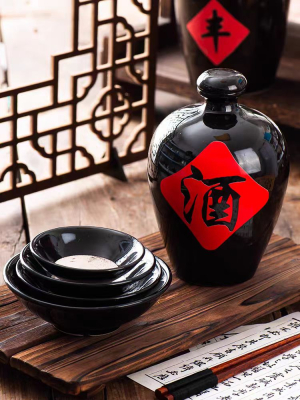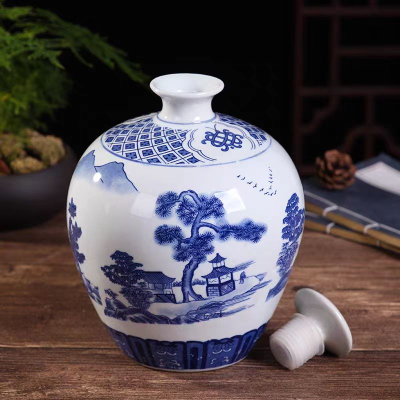Rice Wine 42% vol
Advantages and characteristics:
1.Taste of rice wine: Honey fragrant and elegant, with a soft and smooth entrance, a sweet and refreshing finish, and a pleasant aftertaste. Rice wine has a distinct aroma, a mellow taste upon entry, a slightly sweet aftertaste, and a clean tail. There should be no bitterness or burnt bitterness. Rice wine is a high-quality and healthy wine category that integrates nutrition, health, deliciousness, classic, elegance, and fashion, and will become the most promising wine category in China's liquor industry in the future.
2.Support customization: Zhengwang baijiu Industry can meet various tastes, specifications, packaging, and personal customization, meeting various needs such as drinking and collecting.
3.Formula: Zhengwang Rice Wine is a specialty of Xiba Town, Wutongqiao District, Leshan City, Sichuan Province, China. Having a long history and profound cultural heritage, its liquor is pure in quality, rich in rice aroma, and has an excellent taste. Drinking it in moderation has the effects of warming the stomach, nourishing the skin, and strengthening yin and yang;
Rice wine with an alcohol volume of 42% is a potent distilled alcoholic beverage derived from fermented rice. Known for its cultural significance and unique production processes, rice wine at this concentration is widely consumed and regulated globally. This article offers a technical, regulatory, and safety-focused analysis of 42% vol rice wine, suitable for professionals in beverage production, distribution, and quality control.
What is Rice Wine 42% Vol?
Rice wine generally refers to alcoholic beverages produced by fermenting rice starches, followed by distillation to concentrate alcohol. A 42% vol specification indicates that the beverage contains 42% pure ethanol by volume, categorizing it as a strong spirit.
Production Process and Engineering Principles
Raw Materials:
Rice (typically polished white rice)
Water (purified, specific mineral content)
Microorganisms: Molds such as Aspergillus oryzae for saccharification and yeast for fermentation.
Saccharification:
Enzymatic breakdown of rice starch into fermentable sugars, primarily via koji molds.
Fermentation:
Yeast converts sugars into ethanol and CO₂ over 3–7 days.
Distillation:
Multi-stage distillation concentrates alcohol to 42% vol, using pot or column stills designed for optimal flavor retention and purity.
Aging (Optional):
Some rice wines undergo maturation in ceramic or wooden containers to develop complex flavors.
Key Chemical and Physical Parameters
Alcohol Content: Precisely 42% ± 0.5% vol, measured by distillation and densitometry (ASTM D5501).
Methanol Content: Strictly limited, typically <10 mg/100 mL (per WHO guidelines).
pH Level: Approximately 4.0–5.0, depending on fermentation.
Volatile Compounds: Controlled to maintain flavor and prevent off-notes (esters, aldehydes).
Residual Sugar: Low (<5 g/L) for dry spirits.
Regulatory Standards and Compliance
Alcohol Beverage Control (ABC) regulations vary by country, requiring accurate labeling and quality testing.
Codex Alimentarius provides guidelines on distilled spirits purity and safety.
EU Regulation (EU) No 110/2008 defines spirit drinks, including rice wine spirits.
FDA and TTB (USA) enforce labeling, ingredient disclosure, and health warnings.
ISO 10715: Specifies methods for alcohol measurement in spirits.
Compliance ensures product safety, consumer protection, and international trade facilitation.
Health and Safety Considerations
Due to high ethanol content, consumption must adhere to responsible drinking guidelines.
Proper labeling of alcohol volume and health warnings is mandatory.
Storage requires cool, dark conditions to prevent flavor degradation and evaporation.
Packaging materials must be inert and food-grade to avoid contamination.
Applications and Market Insights
Popular in East Asian cuisines and ceremonies.
Used in cocktails, culinary flavoring, and medicinal tonics.
Market demand driven by increasing global appreciation for traditional spirits.
Frequently Asked Questions (FAQs)
Q1: How is rice wine at 42% different from typical sake?
A: Sake usually has an alcohol content around 15-16% and is brewed, not distilled, while 42% rice wine is distilled to increase alcohol concentration.
Q2: Is 42% rice wine considered a spirit or liquor?
A: Yes, at 42% ABV, it is classified as a distilled spirit.
Q3: What safety standards govern methanol levels?
A: Methanol is limited to very low concentrations (below 10 mg/100 mL) to prevent toxicity, per WHO and national food safety agencies.
Q4: Can rice wine 42% vol be imported/exported freely?
A: It is subject to import/export licensing, taxation, and compliance with destination country regulations.
Conclusion and Professional Call to Action
Rice wine with 42% vol represents a fusion of traditional fermentation techniques and modern distillation technology, delivering a product that must comply with stringent quality and safety standards. Its proper production, labeling, and handling are critical for market acceptance and consumer safety.
We offer comprehensive support for rice wine producers and distributors, including compliance consulting, quality testing, and technical process optimization. For detailed guidance and tailored solutions, contact our experts today.





